Home >Technology peripherals >AI >Help an 8-year-old child with cerebral palsy take the first step! The first gait exoskeleton rehabilitation robot for children that controls joint flexibility
David Zabala is a child from an ordinary family in the south of Mexico City.
The 8-year-old still needs a wheelchair to move relatively freely because he suffers from cerebral palsy.
But recently, with the help of the exo-mechanical skeleton, he finally took the first step with his own legs:
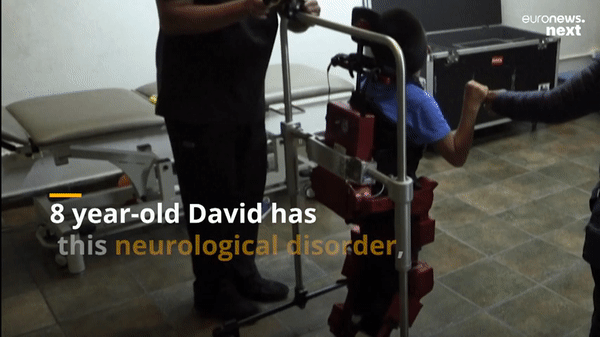
# "At first this thing would scare him, and his hands would be shaking very nervously," said David's mother, Guadalupe Cardoso, 41, with emotion. , "But then I saw that his feet became stronger and his walking improved. He is now interested in walking and he took the first steps. This is a joy for him."
It is understood that the exoskeleton device David uses is the brand-new Atlas 2030, which is specially designed for children aged 3 to 14 years old.
While wearing Atlas 2030, David is now able to do some activities independently, such as playing ball and drawing. These were things he had never imagined before.
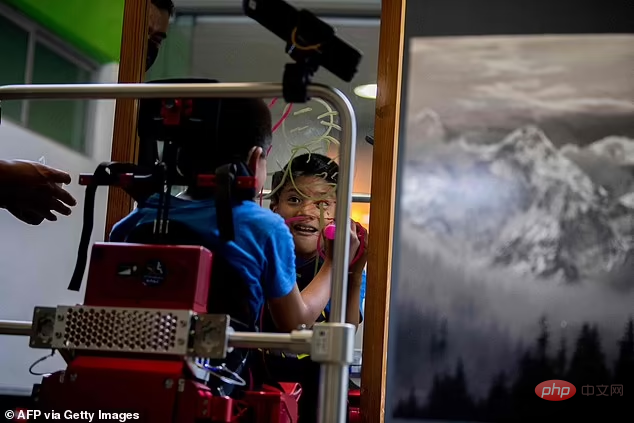
The device has also come into use as part of a treatment approach. Research shows that giving paralyzed children the opportunity to walk "not only extends their lifespan and enhances their physical health, but also improves their self-esteem."
The director of the Mexican Association of Cerebral Palsy Patients said that the device can "achieve rehabilitation goals in record time", which is much more expensive than the several months of traditional therapy. progress.
Atlas 2030 was designed by Elena García Armada, who also won the 2022 European Inventor Award for it.
The world’s first child-based adaptive robotic exoskeleton
There are approximately 17 million children around the world who face the same problem as David Condition.
Children who have to use wheelchairs for reasons such as cerebral palsy often suffer from trunk muscle degeneration and spinal deformity. These problems can further affect their lungs and heart, thereby reducing their longevity and quality of life.
While adult exoskeletons have been developed since the 1960s, lightweight adaptive devices for growing children still have yet to be developed and perfected.
After meeting a paralyzed child, roboticist Elena García Armada of the Spanish National Research Council (CSIC) in Madrid shifted her research focus from heavy industrial exoskeletons to pediatric exoskeletons.
Over the course of 10 years, Armada has developed a battery-powered wearable device that can provide power for 2.5 hours and can adapt to varying degrees as the wearer's health changes.
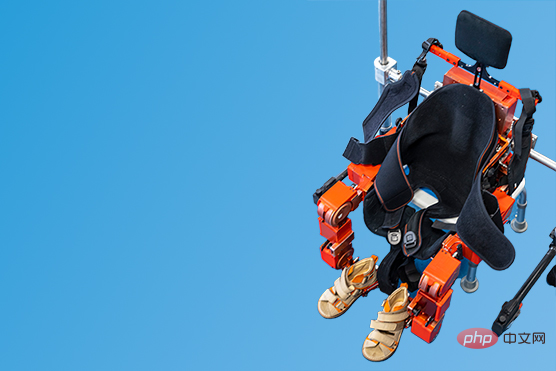
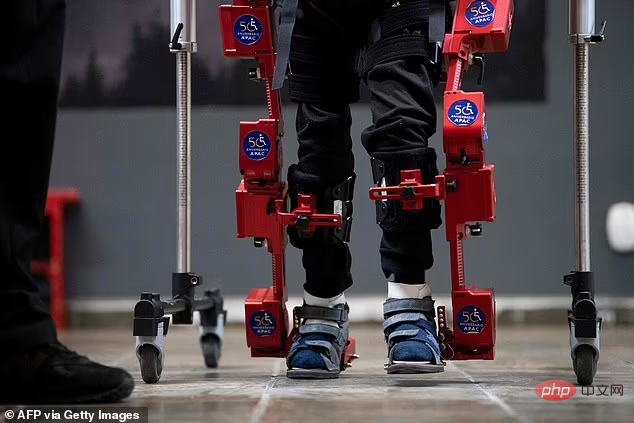
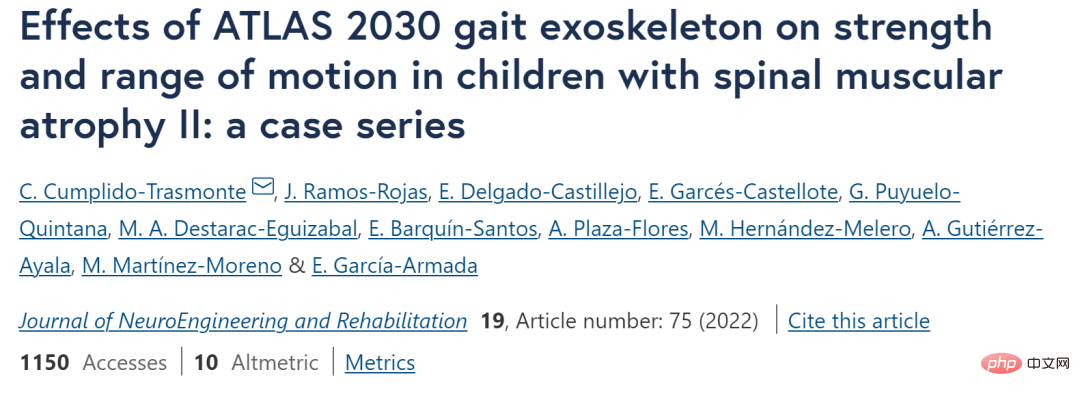
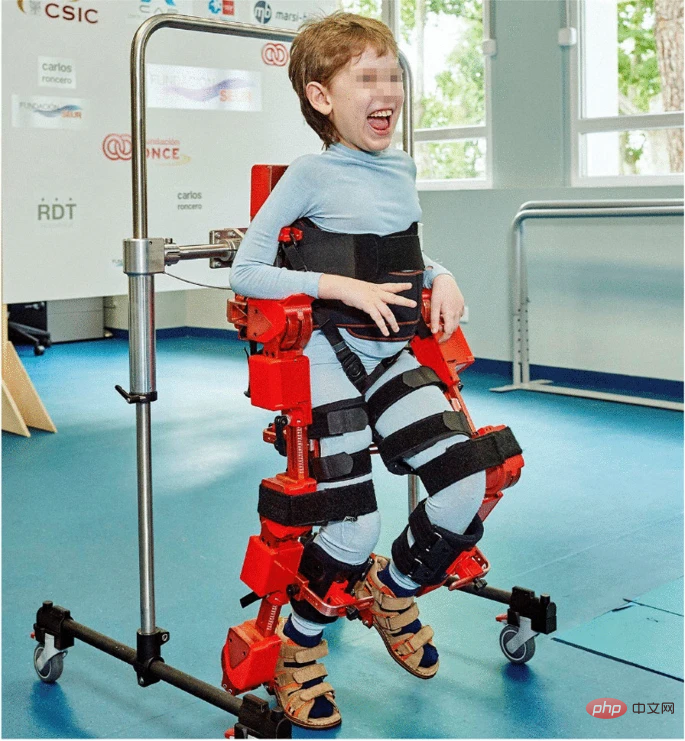
#The control structure of the device is divided into two interconnected systems. The master controller generates a synthetic trajectory from the information received from the user. The high-level controller is based on a real-time processor that calculates inverse kinematics based on parameters configured in the application and then sends the angular trajectory of each joint to the motor low-level controller. The low-level control system receives the desired position and closes the loop with the measured position of each joint.
From the exoskeleton wearing experiment conducted on 3 users, all measured values at the end of the experiment were improved compared with the initial state, including hip joint flexion and extension movements and The most significant improvements were seen in knee flexion and extension; while the most significant improvements were seen in knee extension and ankle dorsiflexion during the first five exoskeleton sessions.
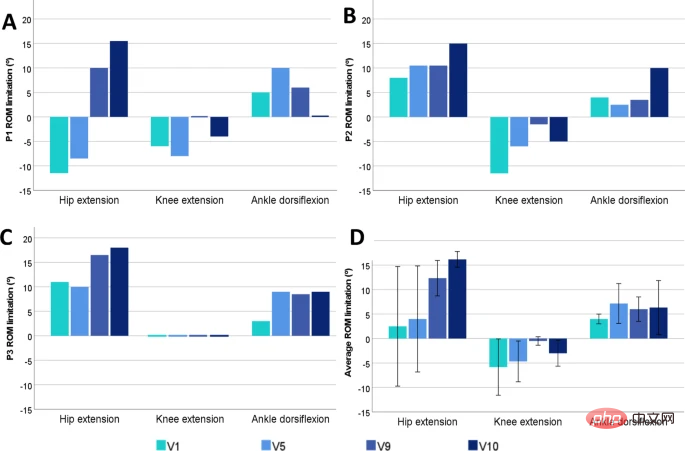
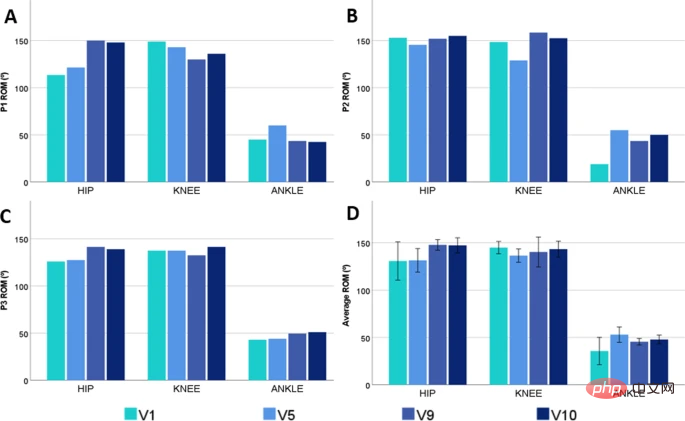
The above is the detailed content of Help an 8-year-old child with cerebral palsy take the first step! The first gait exoskeleton rehabilitation robot for children that controls joint flexibility. For more information, please follow other related articles on the PHP Chinese website!